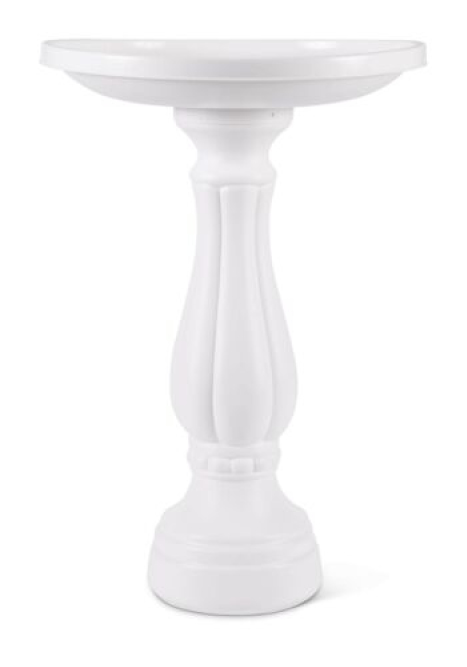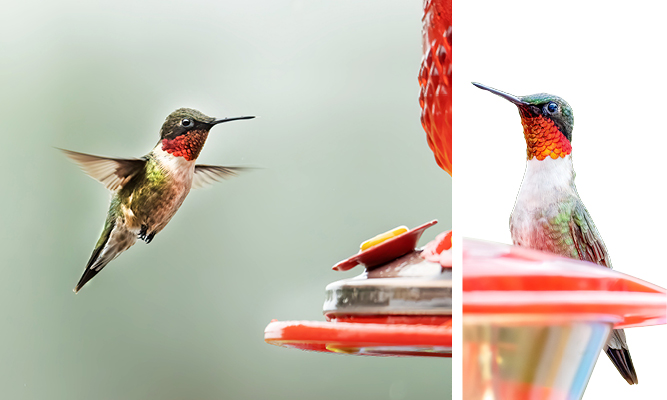Backyard Bird Life: June


Like the sounds of an entire orchestra warming up before a concert, the various birds chirping, singing and crowing right now fill the air in your backyard and beyond. They’re happy. Breeding. Laying eggs. And enjoying the warm weather just like us!

To fully appreciate birds in the month of June, here are a few tips from our team and professional birders.
• Feeding birds is still important in the summertime. No, it doesn’t make them lazy!
• As birds are breeding and raising families, a reliable supplemental food source is important.
• Because there are more species in Upstate New York in the summer, continuing to fill your feeders gives you the best chance to see the ones that aren’t here in winter.



No surprise here. Black oil sunflower seeds, hearts, or chips take the top spot for most species of birds in our area. If you’re looking specifically for songbirds, consider a mixed blend. The good news: CountryMax prices on black oil sunflower seeds and some mixed blends are the lowest they’ve been in over a year!

Jelly attracts a variety of fascinating birds, including woodpeckers, robins, and, of course, orioles. Don’t leave jelly out too long in the hot sun, though. It can go rancid.
Most songbirds enjoy fruit. Apples, bananas and oranges (cut up, of course) will attract orioles, cardinals, gray catbirds. You’ll need a platform feeder , suet cage or feeder designed to hold fruit.

With young ones in the nest, mealworms can help fuel a whole family of bluebirds, wrens, grosbeaks, or warblers. Fresh mealworms are best, but dried mealworms can also be added to seed mixes for birds to enjoy.

We talked a lot of about attracting migrating hummingbirds and orioles in May. Now they’re here and still hungry! Woodpeckers and nuthatches are also fans of nectar and sugar-water at feeders. You’ll find all types of nectar feeders at CountryMax, plus new ready-to-use nectar in cans.

It’s not clear if all birds are baseball fans, but many species love peanuts! Jays, chickadees, titmice and nuthatches will flock to your platform feeder or special peanut feeder.

We touted the use of suet in wintertime because it’s a source of cold-weather energy, but no-melt suet is a great option in summer for attracting chickadees, jays and woodpeckers. Cakes aren’t the only way to serve it. You can also chop or shred the suet and put it out on small dishes.

From thespruce.com

• Keep feeders in shaded areas to minimize spoiled seed and help birds keep cool, encouraging them to feed longer and visit more frequently.
• Choose mesh or open feeder styles that will dry out quickly if the seed gets damp, and use baffles or covers to keep the seed from getting soaked in summer rainstorms.
• Decrease quantities of millet or cracked corn to attract a greater variety of birds instead of just house sparrows, European starlings and brown-headed cowbirds.
• Keep cats indoors and take steps to discourage feral cats in your yard to protect ground-feeding birds and immature fledglings just out of the nest.
• Protect birds from window strikes by positioning feeders correctly and using anti-reflective techniques to make windows more visible.
• Add a birdbath for a freshwater source that will attract not only feeding birds but also species that need water but do not frequently visit feeders.

Summer hydration is critical to backyard birds. Your neighborhood country store has more than 20 birdbath options to choose from, including these five popular products.

Bloem® White Plastic Bird Bath
Easy to assemble, this affordable white plastic bird bath is made in U.S. Attract birds to new places in your backyard.

The agitator action creates continuous ripples in the water attracting birds and preventing mosquitoes from laying eggs in the bath.

Esschert® Ceramic Oval Bird Bath
Featuring a delicate little bird gazing at his reflection, this adorable US-made bird bath sits on the ground and welcomes the birds of summer. Comes in white, green or blue.

Artful glass with a distinctive peacock pattern, this takes your backyard bird game to a whole new level.

Simple, affordable alternative. Its unique shape allows birds to have their own type of water cooler to gather around. Ergonomic handle makes filling and carrying easy.


The most common hummer in the eastern U.S., this friendly little bird averages 3 inches long. Only the males have the distinctive bright red throats. Watch for them in June!

June is prime time for bird breeding in Upstate New York. That’s why feeding is so important. But when do babies actually leave the nest. Of course, it varies greatly among species, but most often it happens early in the morning.
While you might think baby birds would be eager to fly, most are reluctant to take that first big step. If you watch closely, you’ll see that parents are quite insistent on pushing their fledglings out of the nest, sometimes even using food as an incentive.
Most bird parents feed and foster their young ones for just over two weeks before “launch.”

A baby blue jay perches after his first attempt at flight.

